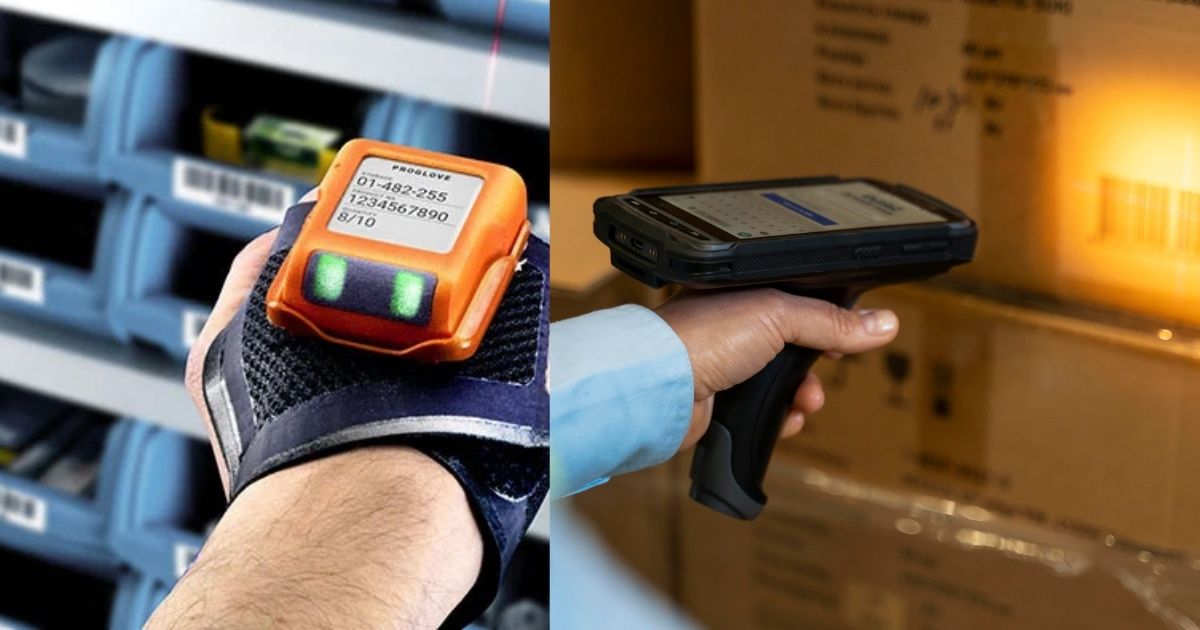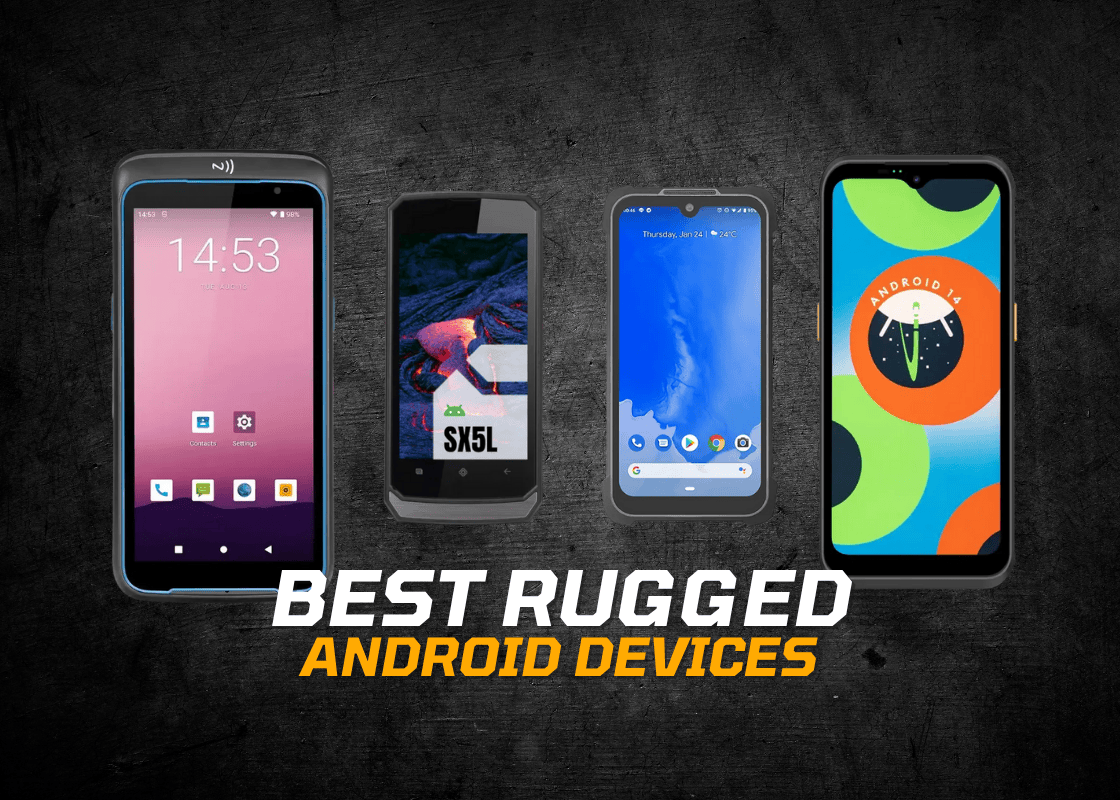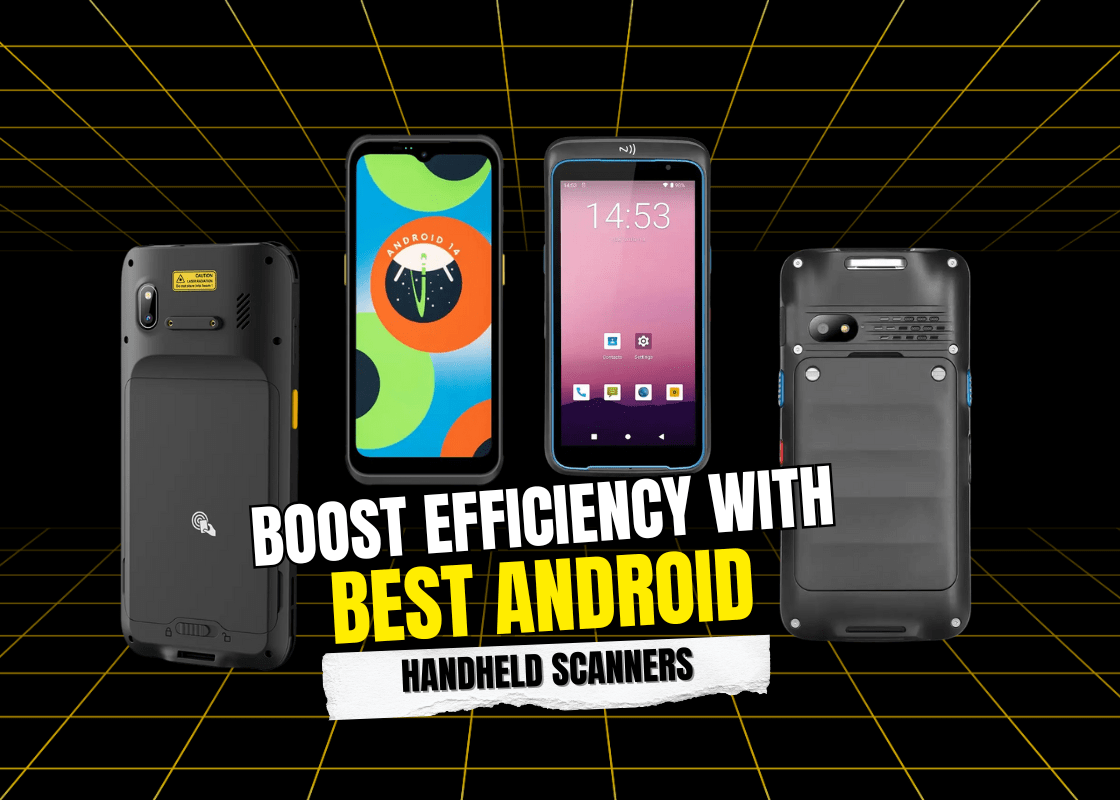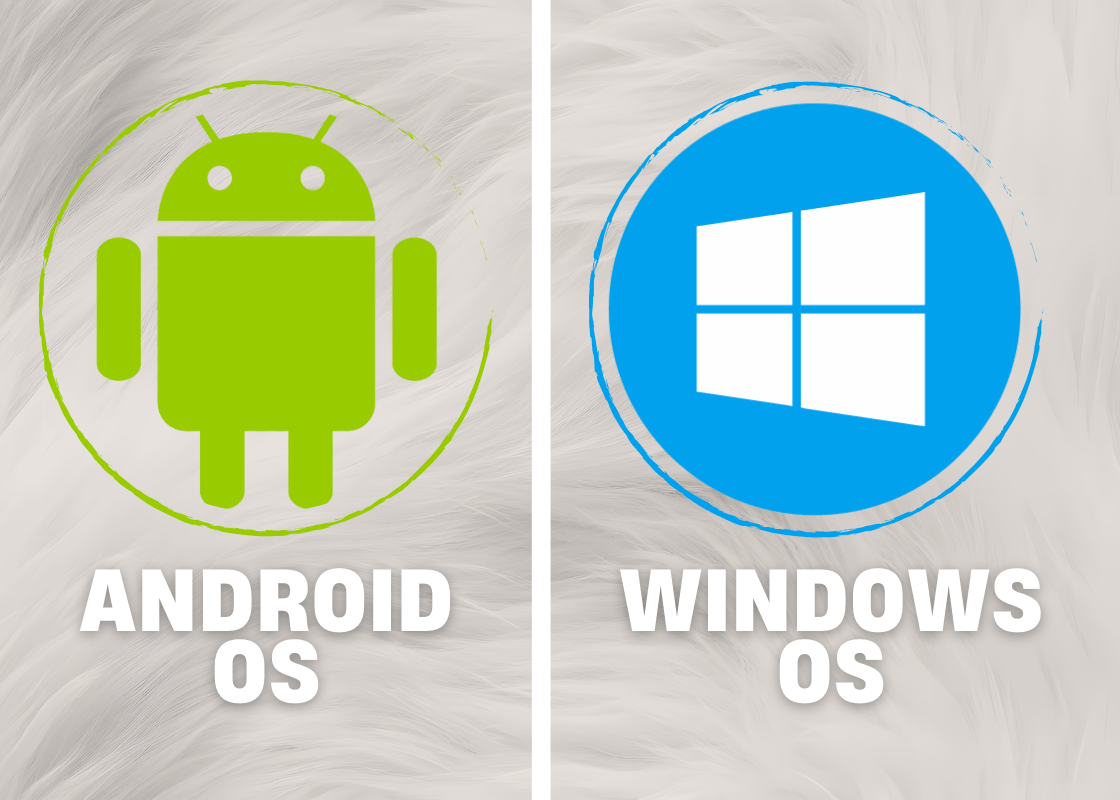Introduction
In fast-paced industries like retail, logistics, and healthcare, speed and accuracy are essential. Barcode scanners play a key role in boosting efficiency and reducing errors. Businesses often face a choice between wearable barcode scanners and handheld scanners. Wearables offer hands-free convenience and faster workflows, while handhelds provide versatility, reliability, and multi-functional use. Understanding the differences can help organizations select the right solution to optimize productivity and streamline operations.
What is a Wearable Barcode Scanner?
A wearable barcode scanner is a lightweight device that workers wear on their wrist, finger, or arm. Unlike traditional scanners, it allows hands-free scanning, letting employees move, lift, and process items without interruption.
Key advantages include:
- Hands-Free Efficiency – Workers no longer juggle devices and products.
- Wireless Freedom – Most wearable scanners connect via Bluetooth, integrating seamlessly with tablets, smartphones, and PCs.
- Speed at Scale – Scanning becomes a natural part of movement, perfect for high-volume warehouses.
- Durability – Modern wearable scanners are rugged and built to handle demanding environments.
For example, the Conker BG Series offers all these features in a compact, ergonomic design, making it ideal for industries where speed and multitasking are essential. Industries like logistics, e-commerce, and healthcare benefit the most, as wearable scanners enhance productivity while allowing staff to focus on core tasks rather than managing devices.
What is a Handheld Barcode Scanner?
A handheld barcode scanner is a portable device that operators hold and point at a barcode to capture information. These scanners are known for their precision, versatility, and familiarity, making them a staple across industries.
From retail counters to hospital wards, handheld scanners offer:
- High Accuracy: Strong scanning engines with wide barcode compatibility.
- Flexibility: Suited for environments where workers don’t need both hands free.
- Proven Reliability: Decades of industry use and improvement.
At Conker, our rugged handheld barcode scanners include devices like:
- Conker SX51: A compact Android device with an upgraded display.
- Conker SX65 HC: Antimicrobial handheld for healthcare.
- Conker NS65: The world’s smallest Windows PDA.
These models highlight the breadth of handheld solutions available, from healthcare-specialized to heavy-duty warehouse tools.
Wearable vs Handheld: The Core Comparison
| Feature | Wearable Scanner | Handheld Scanner |
| Mobility | Hands-free, ideal for multitasking | Requires one hand, limiting mobility |
| Speed | Faster for repetitive scanning tasks | Slightly slower, especially at scale |
| Ease of Use | Natural and intuitive with training | Familiar, widely adopted |
| Durability | Rugged, lightweight, worn on the body | Rugged, but bulkier to carry |
| Battery Life | Long-lasting, all-day use | Strong, but depends on the model |
| Best For | Warehouses, logistics, retail picking | Retail counters, healthcare, mixed environments |
Why Many Companies Are Moving Toward Wearables
According to industry studies, warehouses adopting wearable scanners experience 15-20% faster order picking times compared to traditional handhelds. By reducing wasted motion, like picking up and putting down a scanner, employees save countless hours per shift.
Wearables also shine in safety. When both hands are free, workers can move items more securely, reducing the risk of accidents. In fast-moving industries like e-commerce, where every second counts, wearables provide a competitive edge.
Why Handhelds Still Hold Strong
Despite the excitement around wearables, handheld scanners remain indispensable tools in many industries. Their strength lies in versatility, serving not just as scanners but also as all-in-one devices that combine PDA, smartphone, and data capture functionality. This makes them especially valuable in environments like healthcare, field services, and retail, where flexibility and reliability are crucial.
Handhelds continue to be a multi-purpose investment, appealing to businesses that want a single device for scanning, communication, and data management. Their proven reliability, familiar use, and adaptability ensure they remain a trusted choice even as newer technologies like wearables gain momentum.
Future Outlook: A Hybrid World
The future isn’t about choosing one over the other, but rather strategically blending both. Many organizations equip frontline staff with wearables for speed tasks (like order picking) while keeping handhelds for management, reporting, and specialized workflows.
This hybrid approach balances mobility and control, ensuring every task is performed with the best tool available.
Expert Insights
Experts in supply chain and logistics consistently agree: the right scanning solution depends on your workflow design.
- For high-frequency, repetitive scanning: Wearables outperform handhelds.
- For situational, flexible tasks: Handhelds remain the gold standard.
By assessing your environment, volume, safety needs, and worker movement, you can confidently choose a solution that maximizes ROI.
Frequently Asked Questions
Q1. Are wearable barcode scanners more expensive than handhelds?
Not always. While wearable scanners may have a higher initial cost, they often deliver greater ROI through faster workflows and reduced downtime.
Q2. Do wearable scanners work with all software systems?
Yes. Most wearable scanners connect via Bluetooth or Wi-Fi, making them compatible with tablets, PCs, and smartphones.
Q3. Which industries benefit most from wearable scanners?
Logistics, warehousing, retail picking, and e-commerce see the biggest gains, thanks to high-volume scanning needs.
Q4. Are handheld scanners becoming obsolete?
No. Handheld scanners continue to evolve, offering advanced features like antimicrobial surfaces and integrated operating systems. They remain crucial in healthcare, fieldwork, and retail.
Q5. Can I use both wearable and handheld scanners in one workplace?
Absolutely. Many companies use a hybrid approach, assigning wearables for repetitive tasks and handhelds for specialized roles.
Conclusion
In the end, the choice between a wearable barcode scanner and a handheld scanner depends on your workflow and priorities. Wearables deliver unmatched speed, safety, and hands-free efficiency, while handhelds provide versatility, reliability, and multi-functional capabilities. Many forward-thinking businesses are now adopting a hybrid approach, using both to maximize productivity across different tasks. By aligning the right tool with the right job, companies can build smarter, faster, and more resilient operations.


















